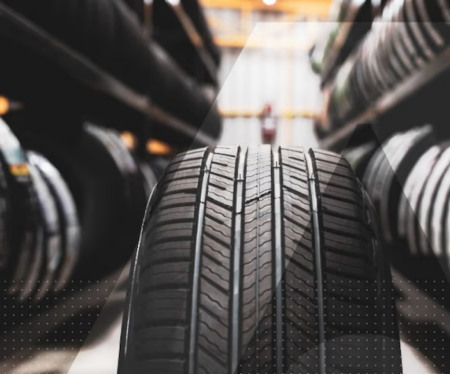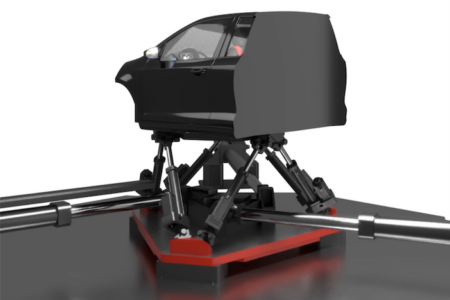Thanks to CAD and CAE, almost every aspect of a new design, from manufacturing processes to dynamic performance, can be verified before any physical work is undertaken. However, one area where some believe simulation is less well developed is in the ability to model tire performance. To tackle this issue, Jaguar Land Rover is taking steps to close the gap by using technology to generate the real-world data essential for accurate tire modeling.
The method adopted by Jaguar Land Rover uses wheel-force transducers to measure the three forces and three moments of a rotating wheel under real-world operating conditions. A large SUV fitted with four RoaDyn measuring wheels – the Kistler RoaDyn model – and other sensors is being used to gather data about tire performance on a variety of on-road and off-road surfaces.
The data signals from the six strain-gauge load cells are amplified in the load cell and fed to the wheel electronics, where the data is filtered, digitized and coded. This method reduces signal noise and crosstalk before the data stream is transmitted via a rotor/stator pair to the wheel inner side, transformed in the on-board electronics unit and output to a data acquisition device.
In the Jaguar Land Rover installation, approximately 170 data channels are acquired, with large sampling rates to capture the transient behavior of the tire, producing a huge amount of data for each tire/road surface combination. In addition to testing tires on its UK test track, Jaguar Land Rover also run tests on a variety of on-road and off-road surfaces ranging from vehicle dynamic platforms, to ice, snow and mud to build up a comprehensive dataset for developing a precise, computer-generated tire model.
In common with other vehicle manufacturers, Jaguar Land Rover uses data from belt test rigs covered in sandpaper. However, while these rigs offer measurement consistency and repeatability, they do not represent real-world road surfaces. The objective is to use the data from the RoaDyn system-equipped vehicle, to develop a more accurate tire model, relevant to real-world driving conditions. The models can then be used in computer simulations to decrease development time and increase system robustness, resulting in a more efficient development process.
Simon O’Neill, technical specialist for durability measurement and analysis at Jaguar Land Rover, stated that the setup gives the engineering team greater insight into the performance of tires, on- and off-road, which reduces the amount of physical testing required: a real benefit in environments with a restricted test window, for example winter testing.
“This will not only cut development costs, it will, in the medium to long term, allow us to co-operate with the tire manufacturers to design the tire we desire based on simulation results,” O’Neill said.




